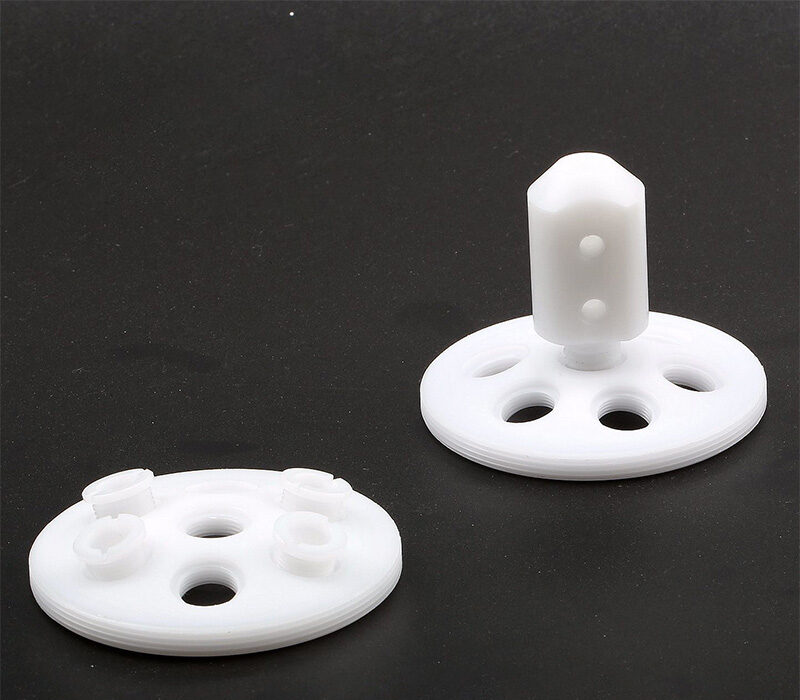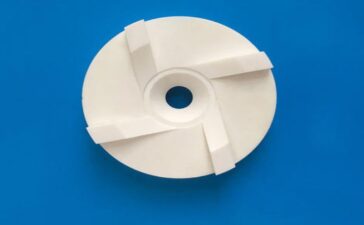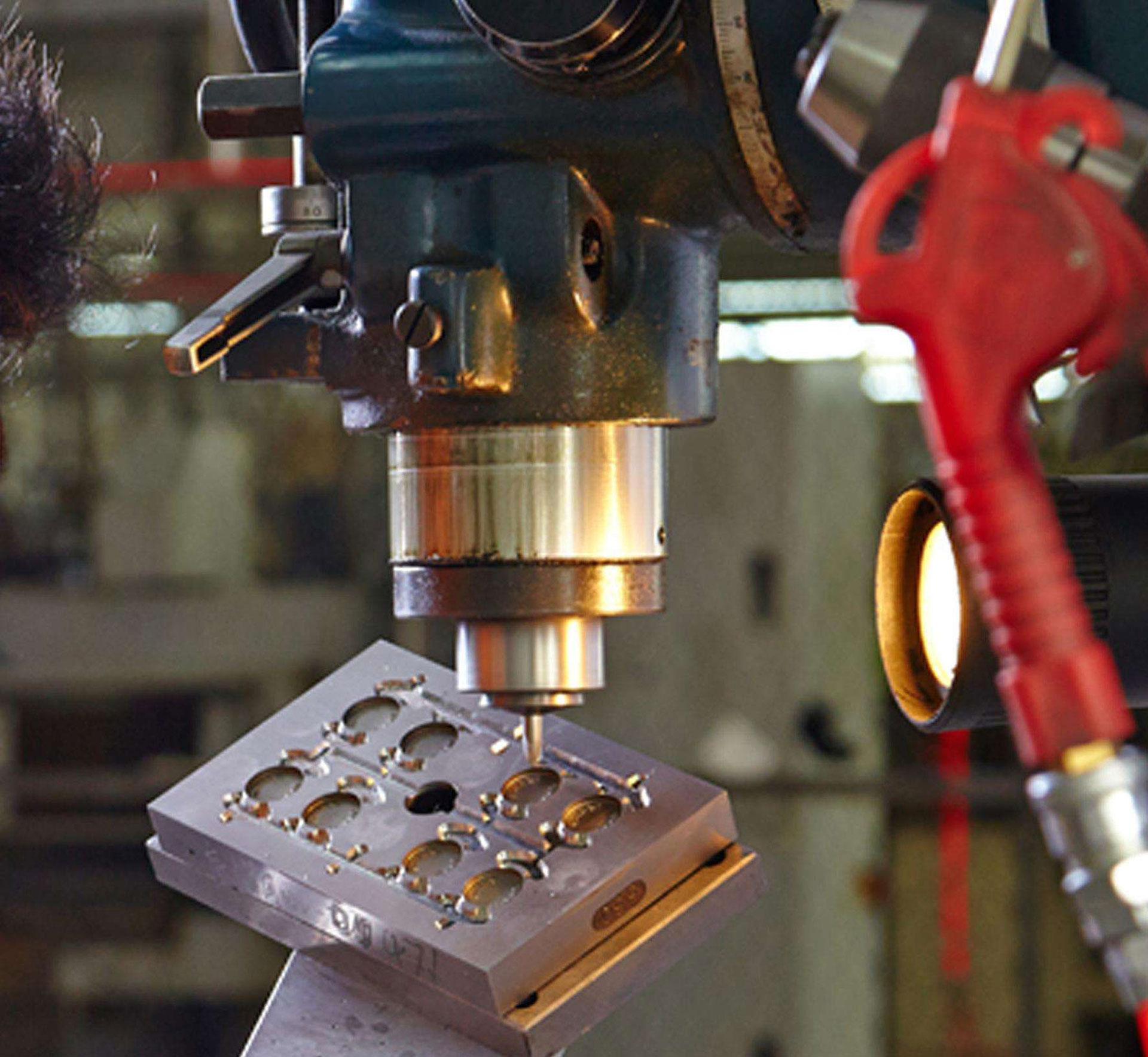When the cutting edge of the die wears to a certain degree, the sharp edge originally becomes blunt, which will cause the burr of the punched part to be too large, and the size, shape and position accuracy will decrease. Sharpen to restore its sharp cutting edge. Reduce the punching burr and the deviation of size and shape and position, and improve the surface quality of the formed parts. Regularly sharpening the mold can increase the service life of the mold and the service life of the machine, so it is important to know the correct and reasonable time for sharpening.
Check the radius of the cutting edge. If the radius of the radius reaches R0.1mm, the maximum can not exceed 0.25, it is necessary to sharpen. Check whether the punching quality produces a relatively large burr. The noise from the die during stamping is not correct. At this time, it is necessary to sharpen, because the punch is already dull.
The frequency of sharpening of the punch and the lower die is usually 4: 1. After grinding, the height of the die should be adjusted. The amount of sharpening is generally 4mm. When this value is reached, the punch will be scrapped. At this time, if the punch is not replaced, the mold and machine are very vulnerable. The amount of grinding (the amount of knife eating) should not exceed 0.015 mm. Excessive grinding will cause the surface of the mold to overheat, which is equivalent to annealing treatment. The mold becomes soft, greatly reducing the life of the mold.
After sharpening, it must be cleaned, demagnetized, and oiled, and the edges should be treated with whetstone to remove the sharp edges.




